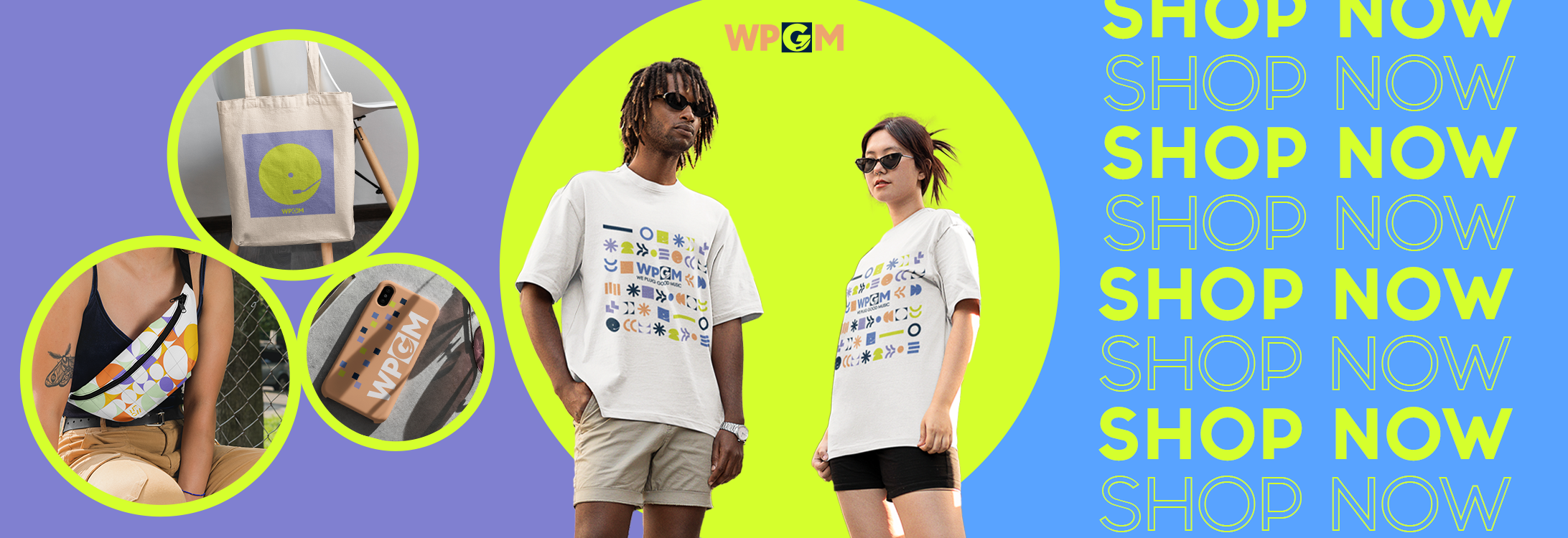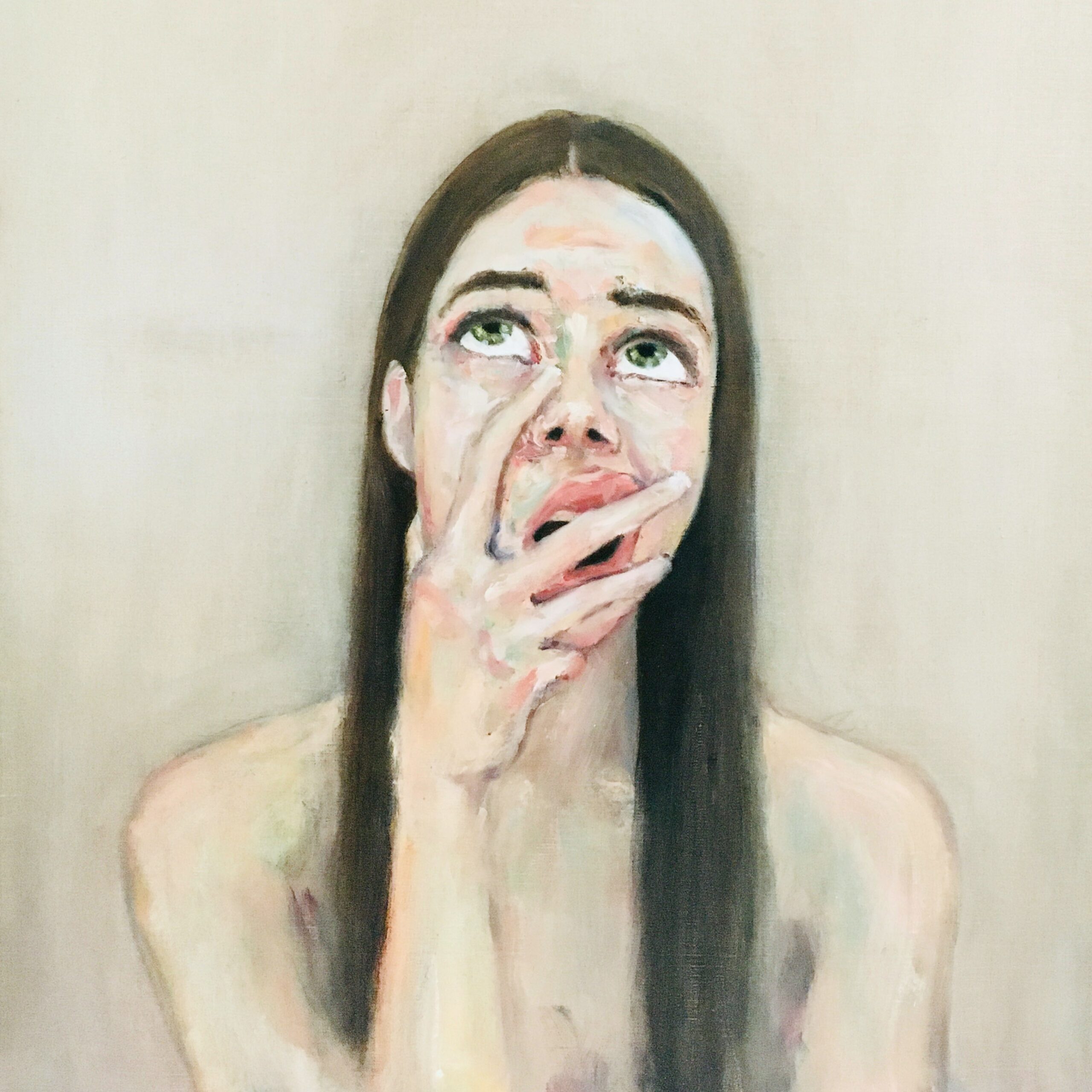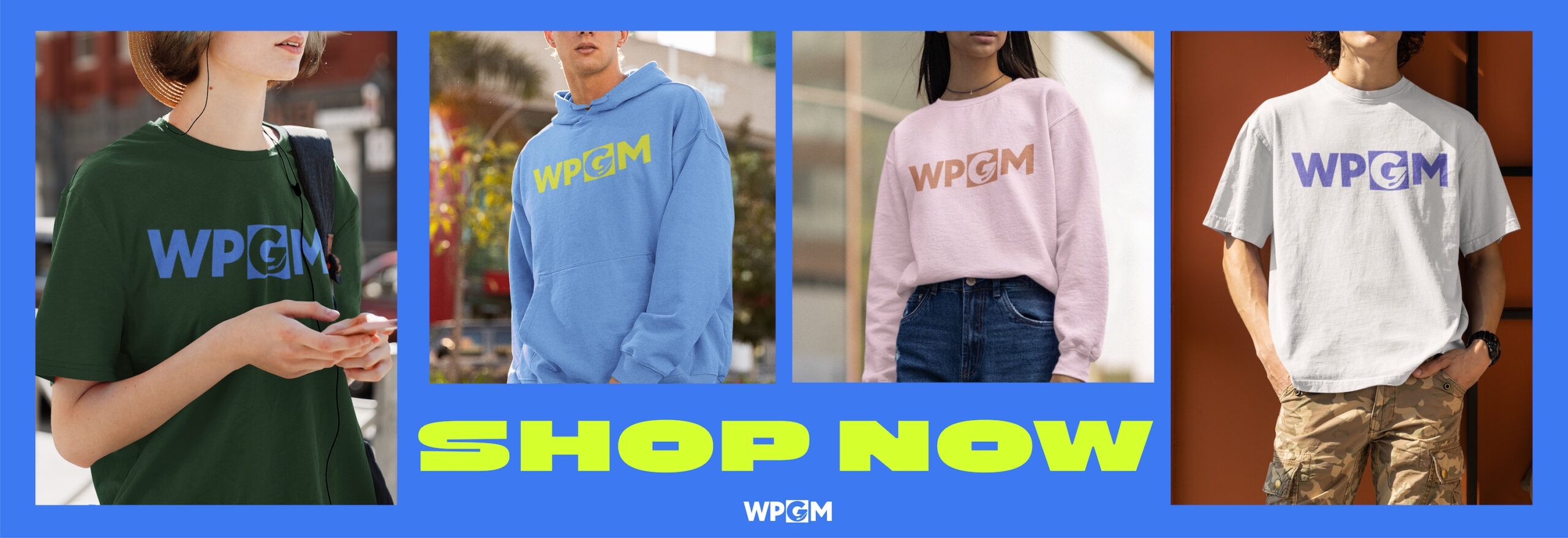My name is Morly and I’m a visual artist and singer-songwriter from Minnesota. I made my debut album, ’Til I Start Speaking, because I knew I’d never be happy if I didn’t. I had so much strangled up inside of me that was aching to come out.
I’ve always been a quiet, sensitive person, and making the record was a means for me to bring my inner world to life, to become more real in the real world. The album title nods to that—that I have to assert my voice in order to have impact, to find my form.
The title track was actually the first song I wrote. It was this mantra that poured out, fully formed, and I knew it was the album thesis. In some ways it bridges the more electronic style of production of previous songs I’d made and the more organic sounds I knew I wanted to bring into the record.
I made the album while healing from a long term illness, and the songs were one of the few things that putting my limited energy towards gave me even more energy back. Previously I’d done a lot of my own production and relied heavily on writing with Ableton, but I felt like something was missing, like I wasn’t going deep enough.
So I decided to close my laptop and focus on writing at the piano. I was living in Los Angeles, and I found an incredible jazz piano teacher, Bill Augustine, who was mentored by one of my favourite pianists, Red Garland. I wrote the song “Jazz Angel (Bill)” about him. How he helped me reach through the mundane, the depressing, the shallow to glimpse the other side.
When it came to producing the album, I knew I wanted to work with my incredibly talented friend and musician, Christopher Stracey. We’d written together over the years and I loved both his ear — he’s so musically gifted — but also his sensibility. He loves all of the same old timey jazz and soul as me, but also experimental electronic music and strange noise pieces.
I made us a playlist as an album moodboard so we knew what we were reaching for — it ranged from Joe Meek’s I Hear a New World, to Erik Satie’s Gymnopédie, to Roberta Flack’s The First Time Ever I Saw Your Face. In order to accommodate my afternoon fatigue, we’d work in the studio from 10-2 as often as we could, working around his busy schedule as one half of the band Bag Raiders.
Often I’d bring him a song I’d written and recorded a demo of that needed to be fleshed out. Other times, we’d start from scratch in the studio and I’d take it home to work out the lyrics and melody. “Savior Mind Tattoo” was one of my favourite songs lyrically, but I felt sonically wasn’t quite right. I brought it to Chris and he started riffing on the piano and completely brought it new life.
That song also really reflects how much writing music helps me to grow. I wrote it out of the heaviness of a painful relationship, but realised I was putting all of the blame on the other person. It helped me to see my part in it. Throughout the process, writing honest and empowering lyrics to sing, made me feel more honest and empowered in my life.
It helped me to consider how I really wanted to think about situations, and what I really wanted to focus my attention on. It also helped me recognise the radiance and magic in my own life, that could fuel a song, which was especially enlivening when I was feeling so rundown from chronic illness.
The best days working on the album were when we brought in other musicians to record together. The feeling of recording vocals alongside an incredible bassist, drummer, and pianist is like no other. Sound engineers often commented that they don’t get to record like that anymore, in the age of computer music.
The songs came out of different relationships in my life—with old loves, new loves, myself, my art, the universe. I fell in love with my current partner about half way through making it and I think you can hear that. That buoyancy of new love breaking in through songs like “Twain Harte” and “Up Above”.
It is ordered largely chronologically but also so it reflects the emotional arc of that period in my life. I thought ending with “Eliogy” would harken back nicely to the album intro, bookending it with these ethereal, hopeful piano pieces.
The crazy thing is, when I listened back to the album for the first time months after finishing it, I realised that subconsciously I’d done something else. The entire album, with the exact track listing that I’d agonised over for months, had been a sort benevolent exorcism. It was processing someone who came brilliantly into my life, had an invaluable life-altering influence on me, but who I had to let go of in order to keep growing.
The biggest influence on the record was Nina Simone. I listened to her nonstop while making it, and I think some of her alchemy seeped into me, how she turns darkness into light, pain into beauty. The album is much less dark than I thought it would be, and I think it’s her influence.
Songs like “Sleeping In My Own Bed”, “Wasted”, and “Superlunar 11” feel most like that alchemical twist to me. She helped me through a really dark and lonely period in my life, and I only hope this record can do that for someone else.
You can listen to Til I Start Speaking below and purchase it here.






